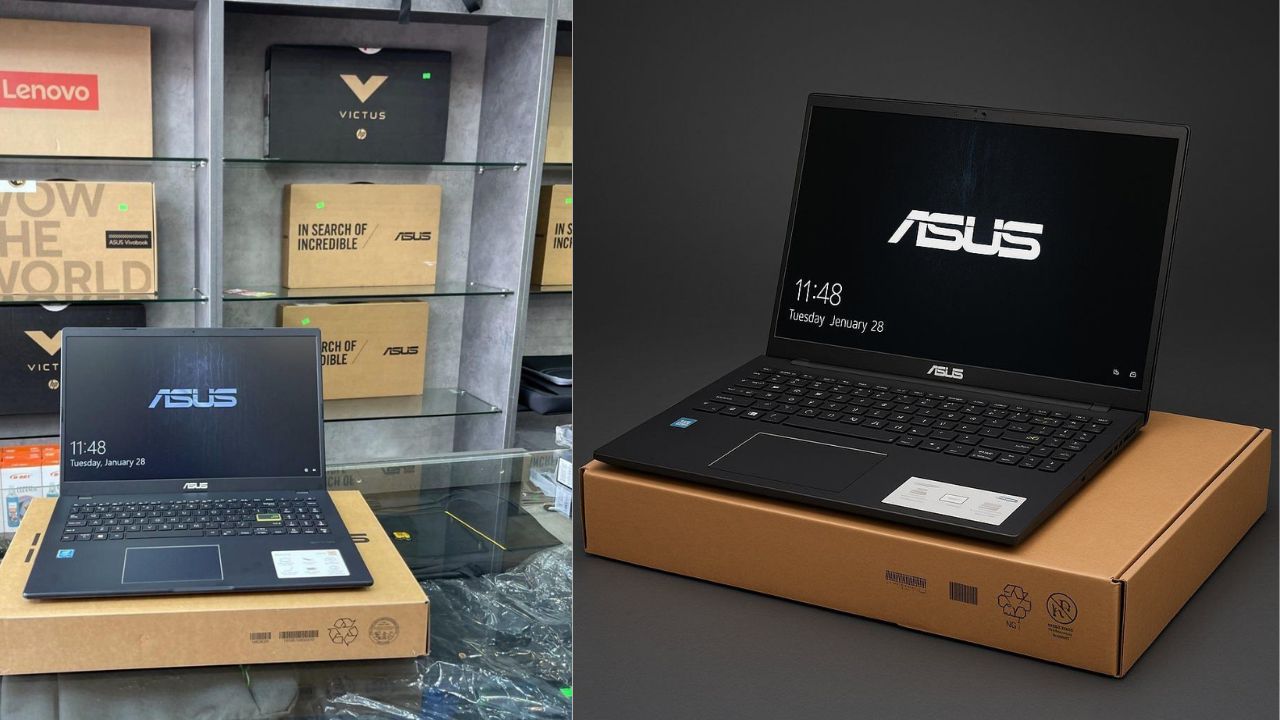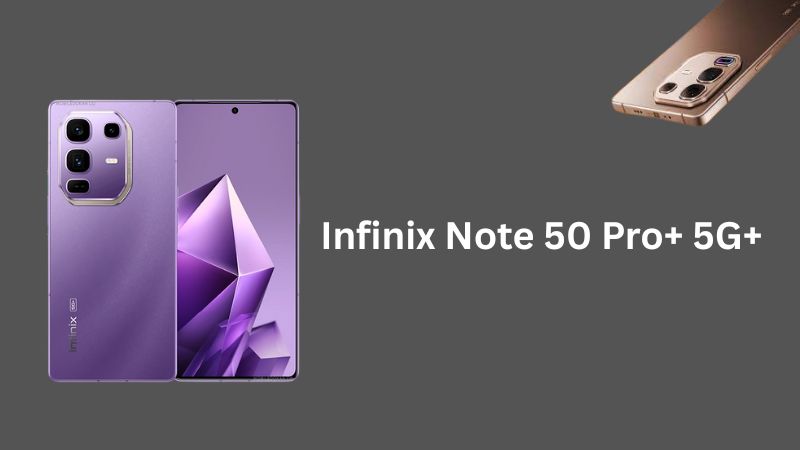The next big spray-on coating, developed by a federally-funded team working on smart windows, will use electrical currents to actually stop heat—and light—from passing through your windows. Besides being a remarkable feat of engineering, the invention could save us billions of dollars a year in energy costs.
The news was announced today in a study published in Nature. It comes from Molecular Foundry, a Berkeley-based lab that focuses on topics relating to smart energy. Last year, the director of the Foundry—a woman named Delia Milliron—was awarded a $3 million grant from the Department of Energy to work on developing an “electrochromic” window coating that could stop light and heat without the use of shades.
Milliron and her team have shown of the results of their research before, touting a coating that could stop heat and light. The technology (as you might expect) is extremely complicated, but here’s a simple version. The smart windows are coated in nanocrystals of indium tin oxide, a compound that’s used in many flat screen devices. When a negative charge is passed through it, these nanocrystals are capable of absorbing infrared heat (making sure it doesn’t pass through to the space inside). And if a stronger negative charge is passed through the crystals, they change color to block out even visible light. Remarkably, consumers would actually be able to adjust the system to choose what type of light they’d be blocking.
According to Wired, Milliron and her team are already in the process of bringing the technology to market. And if you think about how much energy Americans spend on energy each year—$50 billion according to Molecular Foundry—it’s easy to imagine how vast the impact of the stuff could be. Even beyond affecting how much money we spend on energy, it could change the very way architects design buildings. If glazing is no longer an energy liability, we may begin to see it a lot more often—both in cold and hot climates alike. Time to start selling off your stock in blinds.












